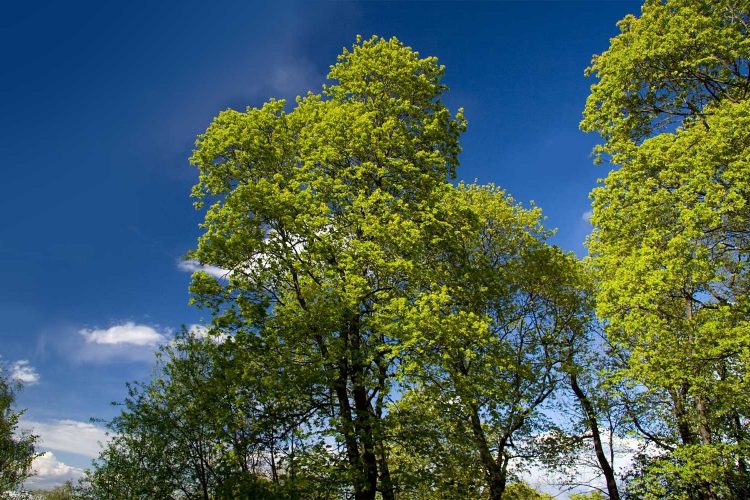Selecting The Right Trees For Your Space

There are a number of things to consider when selecting what trees to plant on a site. A decision in haste can lead to decades of regret, so it is best to stop and consider your options early on in the process.
Too many times I hear people say “It was only meant to grow to 2 metres tall! Can’t we just keep pruning it?!”. My advice to people is to really consider what they want to achieve by planting a tree. Do you want to create shelter, privacy, shade, food for birds or even to create a softening effect on a landscape around a house or building? Once this question is answered; then you can begin to consider what type of tree to plant. In doing so, you also need to consider the future and try to visualise the tree in its mature form.
Take the time to visit your local botanical garden and gain perspective on how big the specimen tree you are considering planting will grow. Consider talking to your local arborist to gain expert advice on how the tree will look in 10 or 20 years. The last thing you want to do is have a tree that is too big that requires it’s removal and then stump grinding.
You also need to consider what impact planting a large tree close to your neighbour’s boundary might have. Large trees don’t just block light but they also have large root systems which can cause havoc with driveways and drains.
A tree’s growth rate, height and canopy spread may also have a bearing on your choice. When a tree outgrows its space in a back yard, it will need to be reduced in size. Trees also might need to be pruned and therefore reduced in size if they have dead, diseased, crossing or damaged branches. It’s important to consider how tree pruning will affect your space.
Last but not least when considering which tree to plant, think deciduous or evergreen? Deciduous trees lose their leaves in autumn and are bare throughout winter. Evergreen trees retain their leaves year-round. If you are trying to create privacy from one area of your garden to another, or potentially block out a neighbour’s home, then you may be wanting year-round cover. Alternatively, if you are limited by space, then a pleached hedge may be the way to go. A pleached hedge is one that grows up above the fence height, where the lower growth is removed leaving bare stems, and the block of growth on top creates the privacy.
So, remember, invest time wisely and plan carefully for the future.
Bryce Robb is Director/Head Arborist of Beaver Tree Service
